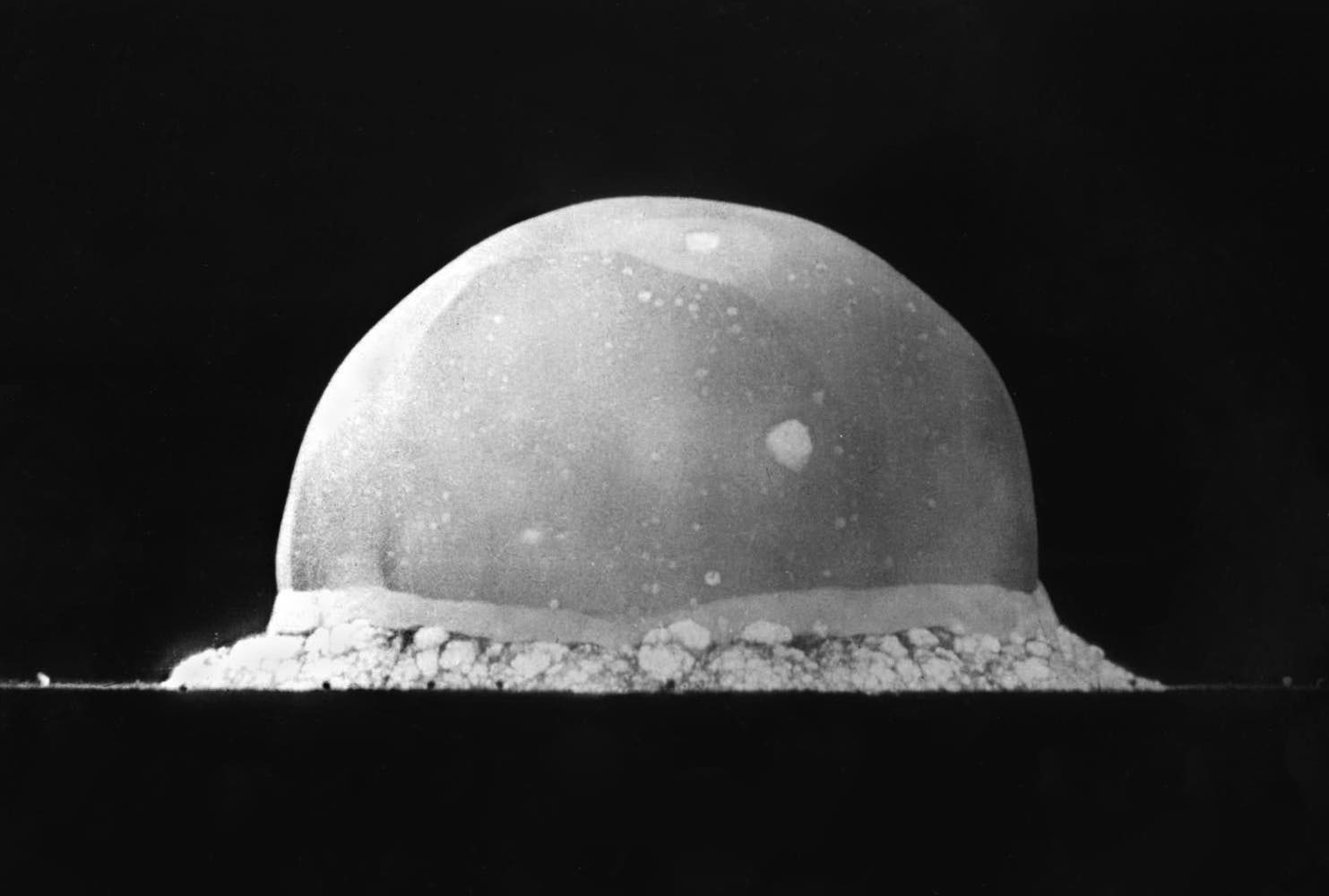Mankind is changing the planet at an unprecedented rate, and one piece of evidence to illustrate that lies in the bones — the chicken bones, that is.
Think about this for a moment: if mankind were to disappear overnight, what would be left of our civilization? Most buildings would start to collapse after centuries or millennia. Most plastics would disappear after 1,000 years. After some 10,000 years, few man-made structures (if any) would be left standing. After 100,000 years, even the sturdiest foundations would erode away. Some traces might still be left, but what about 1,000,000 years? A careful and thorough observer would observe traces of our weapons testing programs, as well as a layer of mercury associated with coal plants in the 1980s. Perhaps this observer could also notice an unusual spike in CO2 levels, and trace it back to an advanced civilization.
At any rate, after 1,000,000 years, the markers of human existence would be few and difficult to locate. In a new study, however, researchers propose a new marker: chicken bones.
Planet of the chickens
Chickens are by far the most abundant animal on the planet — we eat 60 billion birds a year. The broiler (meat) chicken now outnumbers all wild birds put together by 3 to 1, and there are approximately 23 billion of them on Earth. This unfortunate creature also hardly resembles its wild ancestors.
Broiler chickens are unable to survive or reproduce in the wild and are bred using non-stop feeding. They reach full maturity in five or six weeks, and that’s when most of them are slaughtered. They have also grown bigger — about two times bigger than they were in medieval times. Even if they are rescued, the unnatural pressure on their bodies is so great that many of them die from heart or respiratory failure.
We’ve modified their genes to mutate the receptor which regulates their metabolism — which means they’re always hungry and always eating. From their very first living hour, their entire existence is controlled (and ultimately ended) by human activity.
All these dramatic changes have left their mark on the chickens’ skeletons. If a curious researcher were to compare medieval chicken bones with modern ones, the differences would be striking. In addition to clear differences in body size and morphology, all commercial chickens suffer from bone deformities and osteoporosis — an unprecedented difference, and a clear sign of a new geological era, researchers say.
“Changing patterns of human resource use and food consumption have profoundly impacted the Earth’s biosphere,” writes a team led by Carys Bennett, a post-doc researcher at the University of Leicester. “Until now, no individual taxa have been suggested as distinct and characteristic new morphospecies representing this change. Here we show that the domestic broiler chicken is one such potential marker.”
So if for some reason we don’t survive as a species (or if future humans look back to us, archaeologically), chicken bones would be a strong indicator of our activity on the planet Earth — perhaps enough to justify the consideration of a new geological age, the Anthropocene, which has long been proposed by many geologists as the “geological age of mankind.”
Human-directed changes in breeding, diet and farming practices demonstrate at least a doubling in body size from the late medieval period to the present in domesticated chickens, and an up to fivefold increase in body mass since the mid-twentieth century,” researchers write. “Moreover, the skeletal morphology, pathology, bone geochemistry and genetics of modern broilers are demonstrably different to those of their ancestors. Physical and numerical changes to chickens in the second half of the twentieth century, i.e. during the putative Anthropocene Epoch, have been the most dramatic, with large increases in individual bird growth rate and population sizes.”
To make matters even better, there’s a very good chance that many chicken bones will survive and fossilize quite nicely. While we eat the meat (and organs) of thickens, bones are almost always discarded, ending up scattered in landfills or across farms worldwide, where they have a good chance to fossilize.
The thought of chicken bones as a fossil marker for mankind’s activity isn’t a very pleasant one — but at the end of the day, the other alternatives aren’t really much better.

The Trinity test in 1945 has been one of the proposed starts of the Anthropocene. Image credits: Berlyn Brixner / Los Alamos National Laboratory.
The broiler chicken as a signal of a human reconfigured biosphere, Royal Society Open Science (2018). rsos.royalsocietypublishing.or … /10.1098/rsos.180325











